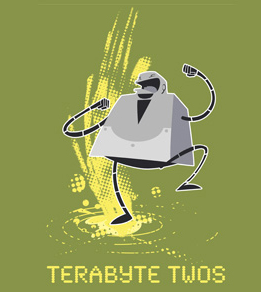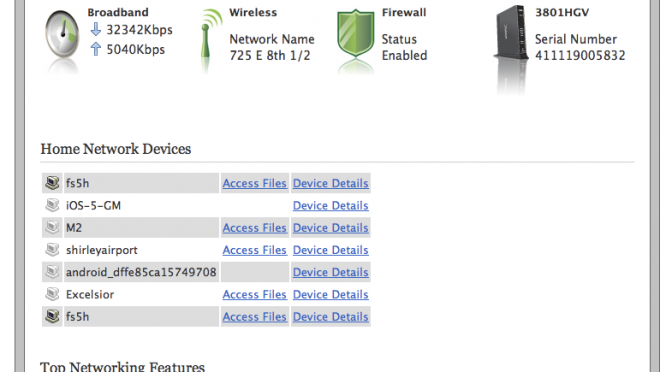I decided to perform a bunch of routine maintenance on my computer in preparation for installing the new OS update: Lion. I had already started downloading the 4th beta release of the iOS tools, and that was taking hours. So, when that finally finished, I moved upstairs to connect my backup drive to the computer to sync the backups before I installed a new OS.
 My backup drive has been filling up and deleting old backs lately. Not really a problem, but it slows down backups. So, I checked to see if there was anything I could clean off of there. I noticed 3 and 4 year old backups of an older computer that I have already migrated important stuff off of (and now just runs my TV). So, I “moved the files to the trashcan” which doesn’t actually delete files off a disk, then “emptied the trash” which does.
My backup drive has been filling up and deleting old backs lately. Not really a problem, but it slows down backups. So, I checked to see if there was anything I could clean off of there. I noticed 3 and 4 year old backups of an older computer that I have already migrated important stuff off of (and now just runs my TV). So, I “moved the files to the trashcan” which doesn’t actually delete files off a disk, then “emptied the trash” which does.
An hour and a half later I was still watching it count the files (350,000 at that point), it was well past midnight, i went to bed. I checked and realized it was a 1 TB drive, so it definitely had lots of stuff that could be removed. Upon awaking, it was still counting, but luckily finished soon thereafter. Ending at 3, 696, 106 files to be deleted. I know because it stopped to warn me that some of the files were locked and asked if those should be deleted.
So, it started actually deleting them sometime after 10am and finished a bit before 7pm. (114 files deleted per second) Freed up about 400GB on my 1TB drive. Or if you include the accounting before the deleting 1am – 7pm = 20 hours (52 files a second).
In the mean time I took my jar of change to the grocery store, dumped it all into the Coinstar machine and ended up with a $24.01 credit for the iTunes store – that’ll mostly pay for the $30 OS X Lion upgrade and it cleaned out my change jar. One über-corroded penny rejected.
Takeaway: i need to do maintenance on the backup disk more often.
p.s. i googled “terabyte” to see what the most odd image i could find – that’s the one above. Available as wallpaper, a hoodie, and a mug, just click on the image.
p.p.s. “hoodie” so hipster my spellcheck doesn’t know it


